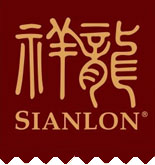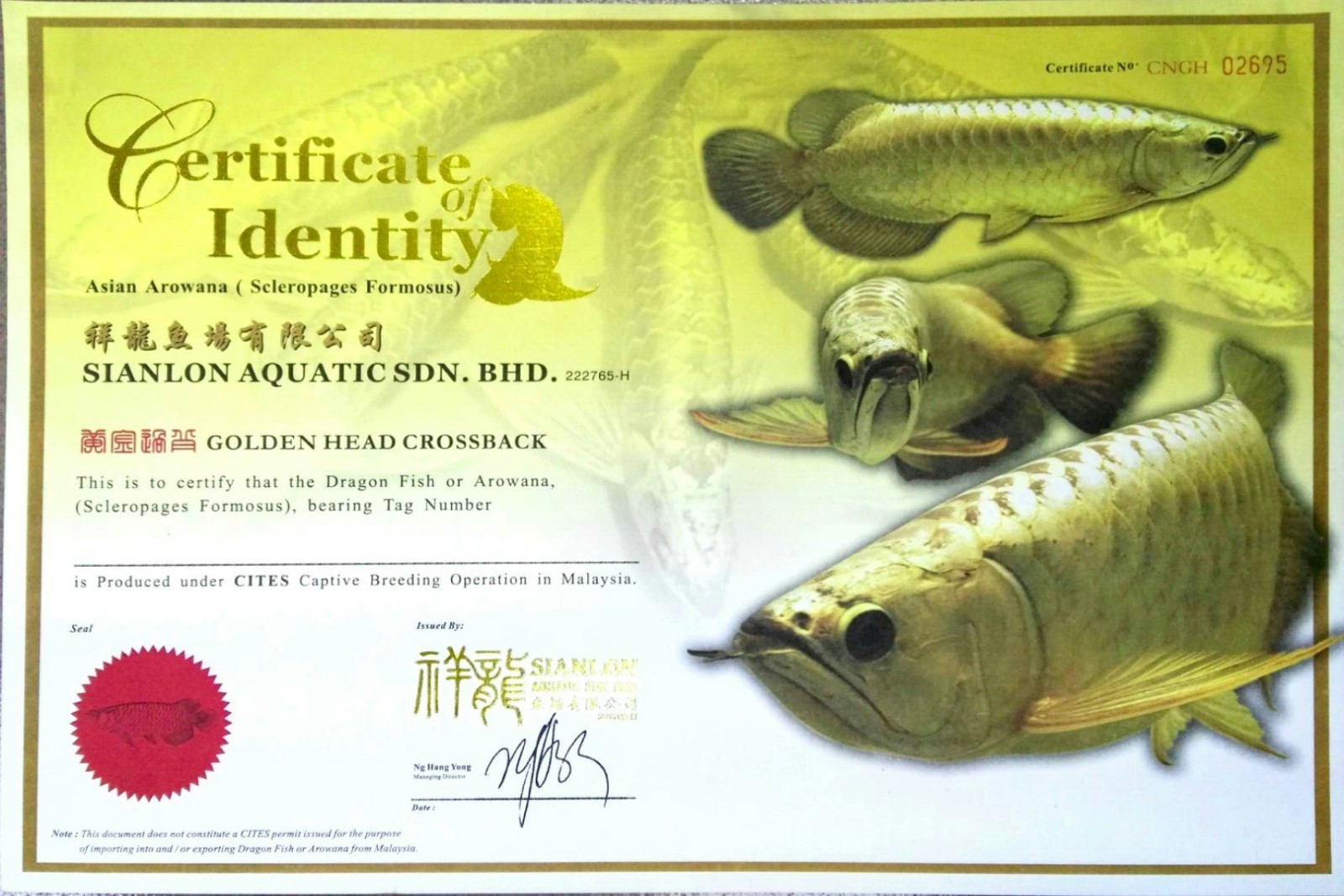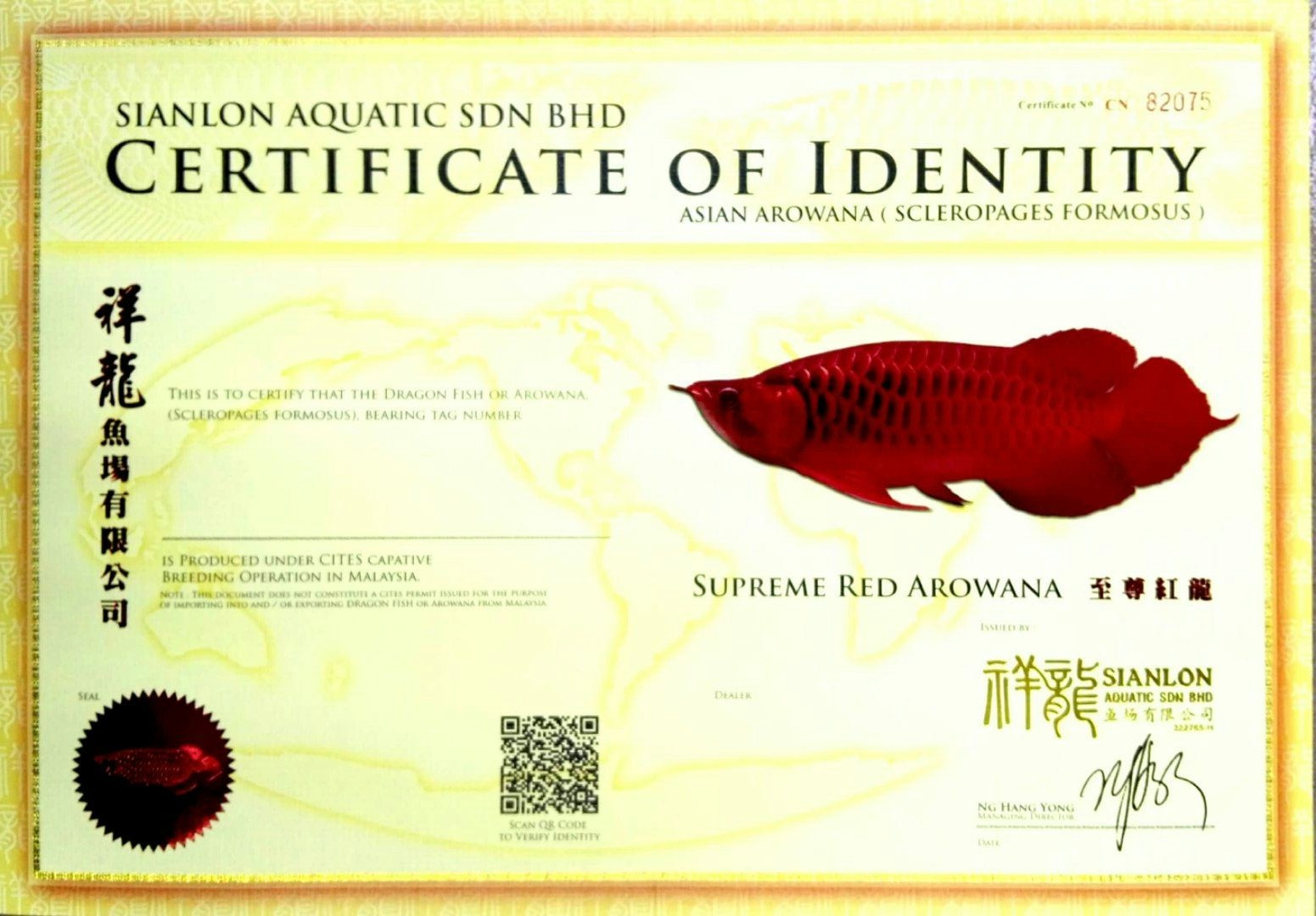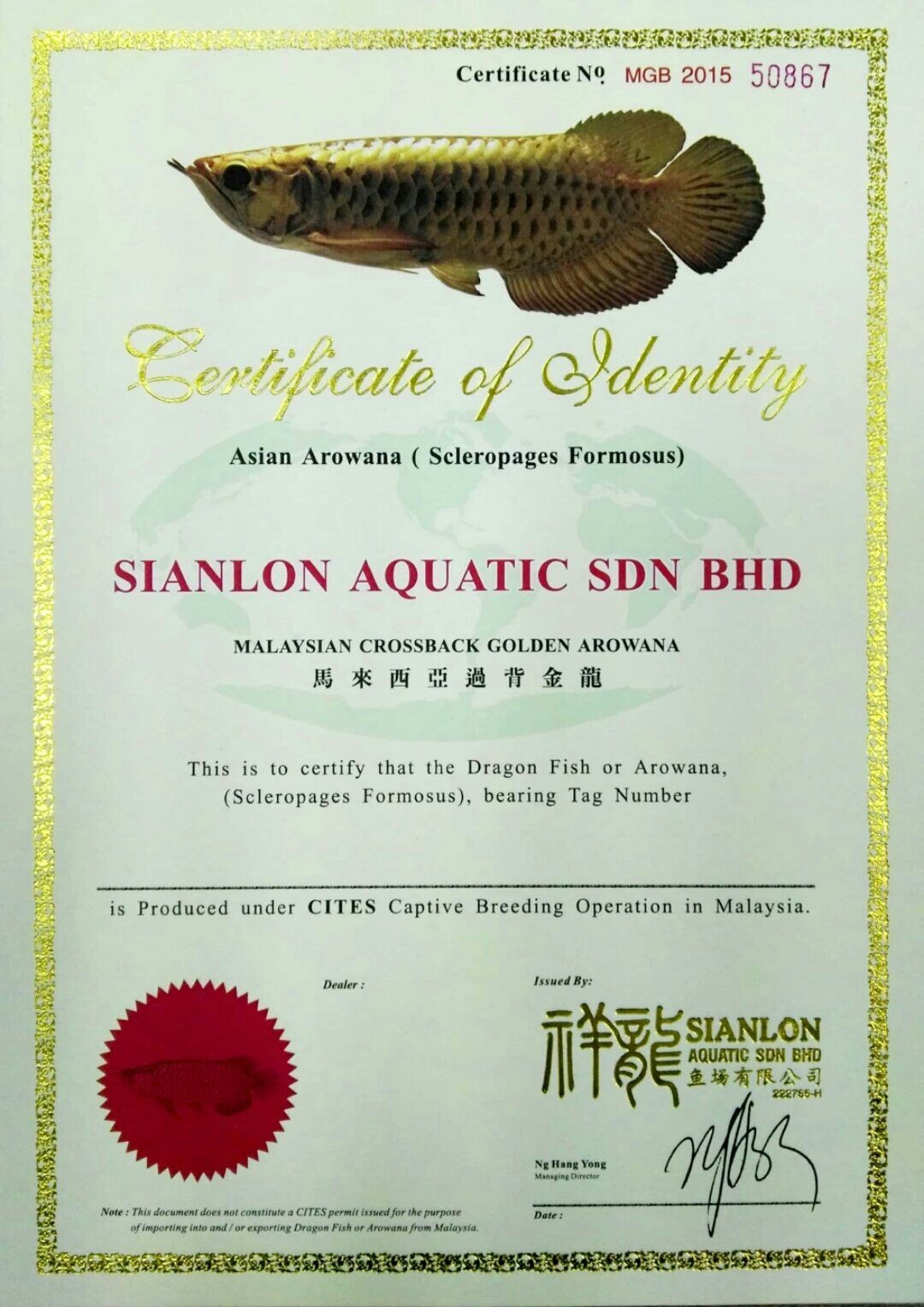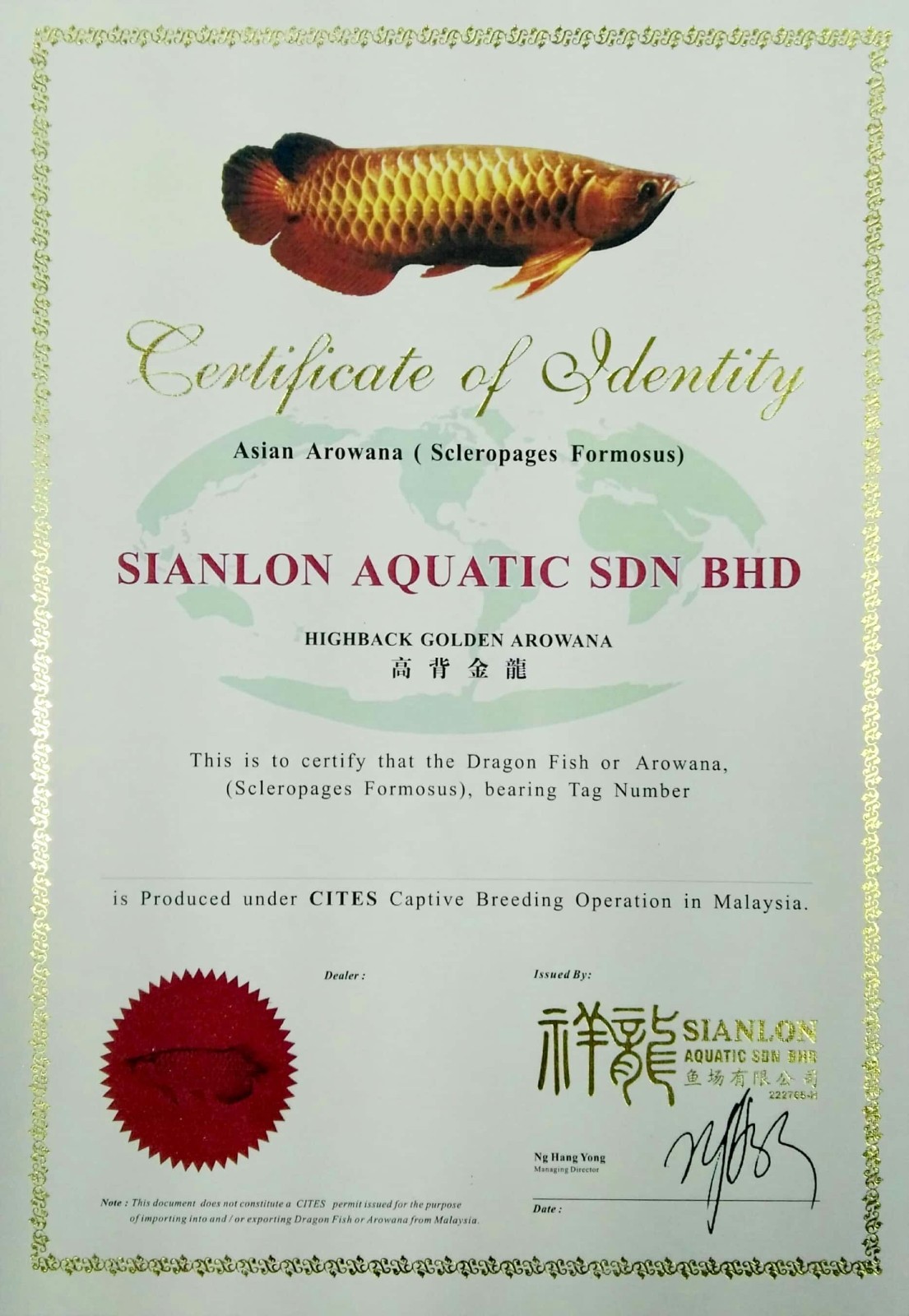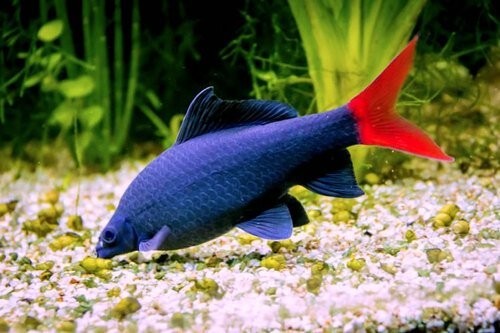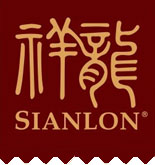Port Dickson Visit to Singapore Arowana Breeding Farm (Arowana Farm in Singapore)
Visit to Singapore Arowana Breeding Farm (Port Dickson Arowana Farm in Singapore)
Hi all members,Today, I and blur (aka Desmond) visited an arowana farm in Singapore. The farm name is Singapore Arowana Breeding Farm (SABF). It is located at No. 30 Lim Chu Kang Lane 6F Singapore 718868. The owner of this farm is Mr. Lee Ah See. Their contact number is (65) 6794 4733.
Mr. Lee is very famous in breeding arowana. Although he became famous, he remained a simple and well-liked man. In 1982, he started to breed arowana. He became the first person in Singapore who successfully breeds the arowana. He imparted his knowledge and skills unreservedly to his voluntary helpers (students). A few of them had successfully setup their own arowana farm. He is also a pioneer in breeding pleco, cichlid, peacock bass and etc.
SABF was setup in 1997. It becames CITES certified farm in around 1999/2000. It breeds cross-back golden, grade-1 red, RTG and grade-1.5 red arowana. The food for its arowana is pellets.
Mr. Lee introduced his lead helper/student Mr. Goh to show us around the farm. According to Mr. Goh, 7am ~ 8am is the best feeding time. At this hour, the temperature is cooler and all fishes like to come out. Although evening is also cooler, but due to the fact that plant absorbs oxygen, it is not a good timing to feed the arowana. You will see them gasping for oxygen if they are over-fed. May/June is a small season for arowana harvesting, whereas November/December is a big season. Harvesting is usually done during 7am ~ 9am. Their oldest arowana is 30 years old. At this age, it still can give birth but with lesser number of eggs.
Mr. Lee prefers natural way of keeping cross-back golden arowana than using white tank treatment (WTT), even though WTT is commonly practised nowadays to speed up the shine crossing. For cross-back golden arowana, he stresses a lot on full pearly and gold tone. With full pearly, the shine has very high chance of crossing over the back. He only sells the cross-back arowana when its size reaches about 10-inches with full pearly developed.
I took some pictures and video clips to share with all of you.
Left-hand side is the friendly and simple Mr. Lee.
Left-hand side is the friendly Mr. Goh (Mr. Lees lead helper/student)
Mr. Lee won gold fish competition champion when he was young.
Arowana certificate
SABF does not have their own arowana certificate. Their arowanas are issued with AVA certificate which is very simple. There are only two types of certificate, i.e. AVA Red Dragon Fish and AVA Gold Dragon Fish. All the red arowanas (Grade 1 Red and Grade 1.5 Red) use the same AVA Red Dragon Fish certificate. Likewise for gold arowanas (cross-back and RTG), all use the same AVA Gold Dragon Fish certificate. To avoid confusion, a sales receipt with the type of arowana and tag number written should be kept together with the certificate. SABF does record the particular of buyer for each arowana sold. This can be used for future verification if required.
Mr. Lee likes to keep thing simple. To him, "red is a red and gold is a gold",no such thing as Chilli Red, Blood Red, Golden Red, Yellow Red, Purple Red, blue-based cross back, gold-based cross back, purple-based cross back, golden-head cross back, etc.
AVA Red Dragon Fish Certificate
AVA Gold Dragon Fish Certificate
Arowana food (Japanese pellets)
When it comes to food, Mr. Lee also keeps it very simple. Just feed one type of food, i.e. Japanese pellets. This makes the feeding task very simple and convenient, there is no need to do any tedious food preparation. The pellet is a very nutritious food.
I used to hear people said "feed Ah Sees pellets to arowana". Today, I take the opportunity to capture some pictures of Ah Sees pellets to share here. In the early day, Japanese fish food manufacturer collaborated with Mr. Lee to develop a suitable pellets for arowana. After many experiments, trial-and-error, they finally produced the pellets which help to ensure the arowana can be grown healthily .
Incubation room
Outdoor incubation tanks (speed up the incubation process with the help of warm temperature)
Arowana ponds
Water filtration system (pond water needs to be filtered before discharged into the public drain)
==comments==
Another fruitful farms expedition. Great shoots!
>another fantastic farm expedition
Thank you for sharing boss
>30 years!!.
Very interesting. Thanks for sharing.
>Thanks for sharing such a great exp. Hope aft will organize a farm visit soon.
>Bro Neosh, I just wondering, SABF aro are kept in ponds built up with cement wall and mug base. Was thinking whats their water PH? And what do they do if the PH goes up pass 8. I understand that pond with cement walls will have problem with high PH. Pls advise.
>Thanks for sharing.
>Originally Posted by Arodan Bro Neosh, I just wondering, SABF aro are kept in ponds built up with cement wall and mug base. Was thinking whats their water PH? And what do they do if the PH goes up pass 8. I understand that pond with cement walls will have problem with high PH. Pls advise. According to Mr. Goh, their pond water pH level is high. But, I dont know the exact figure.
For the big ponds, only the walk path is made of cement.
For the small ponds, wall is cement and base is filled with mud.
>Hi sir, may I ask if they feed live food? Or they just feed purely pallet? And are they open to public? Thanks
>SABF only feed pellets to their arowanas. No live food. Generally speaking, they dont open to public, but you can try to call them to check or fix appointment.
>Page 1 of 3 123 Last Jump to page Gangtok Aquarium
